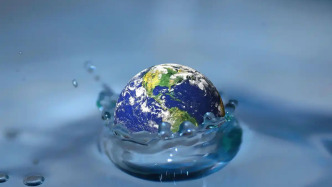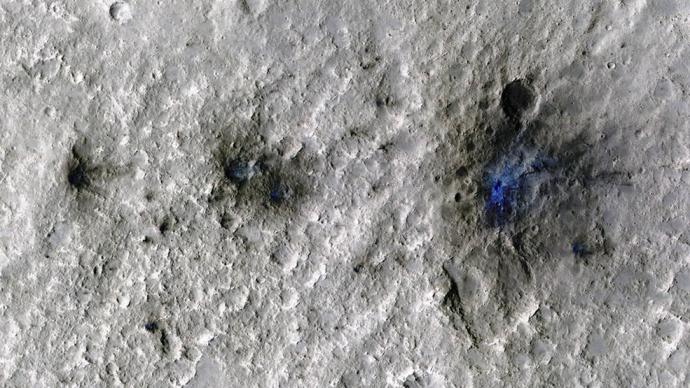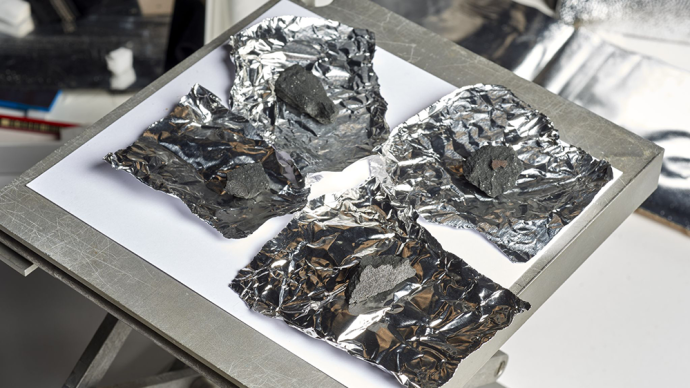
An international team including the University of Oxford in the UK has made an important breakthrough in exploring the origin of water on Earth: by studying a rare meteorite, enstatite chondrite, they discovered a source of hydrogen. This discovery is crucial to understanding the formation of water molecules, and has become new evidence to overturn the theory of the origin of water on Earth, and also provides a new perspective for understanding how life was born and developed on this blue planet. The relevant research results were published in the latest issue of the international astronomy journal "Ikaros".
The meteorite LAR 12252 used in the study was originally collected from Antarctica and its composition is similar to that of the early Earth 4.55 billion years ago. The team used X-ray absorption near-edge structure spectroscopy to analyze it at the Diamond Light Source Synchrotron. They focused on sulfur compounds in the non-crystalline part of the meteorite because previous studies have suggested that there may be traces of hydrogen here.
Crucially, the team confirmed that the hydrogen in the material was an intrinsic component and not derived from contamination. This suggests that the original material that made up the Earth contained far more hydrogen than previously thought. Without sufficient hydrogen, conditions on Earth that could support life would not have been able to develop.
The origin of hydrogen and water on Earth has long been debated, with many believing that these elements were brought by asteroids during the first 100 million years of Earth's formation. However, the new study suggests a different view: Earth had the hydrogen needed to make water early in its formation.
The team was surprised to find extremely rich hydrogen sulfide when analyzing a submicron area in the meteorite matrix. In fact, the hydrogen content here is five times that of the non-crystalline part. In cracks and other areas that show signs of terrestrial contamination (such as rust), the presence of hydrogen is very small or non-existent. Therefore, the team judged that the detected hydrogen sulfide is extremely unlikely to come from contamination from the earth itself.
Since the early Earth was made of material similar to enstatite chondrites, this means that by the time the Earth had grown to a size that could be hit by an asteroid, it had already accumulated enough hydrogen to explain the abundance of water on Earth today. The study also suggests that Earth's water may have been naturally occurring - a product of our planet's own development.
(Original title: New evidence shows that Earth’s water may be “self-produced” rather than “external”)

